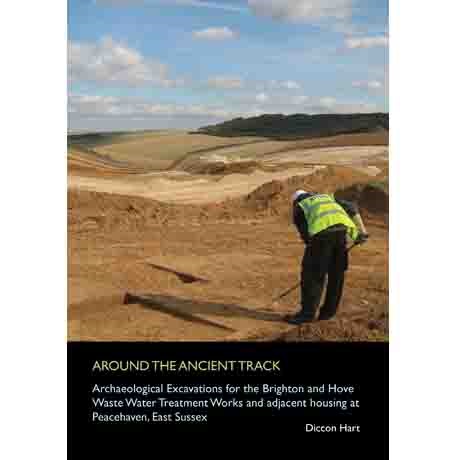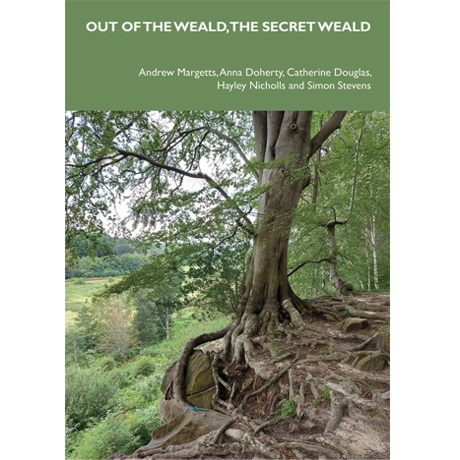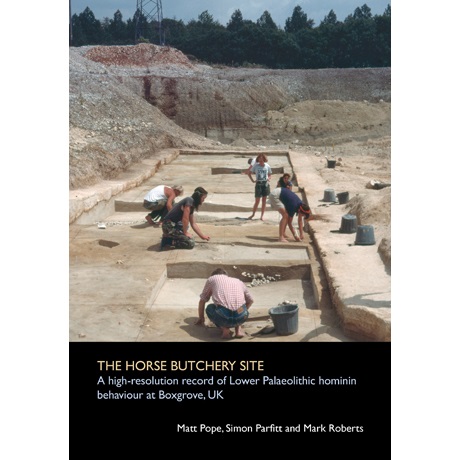Around the Ancient Track: Archaeological Excavations for the Brighton and Hove Waste Water Treatment Works and adjacent housing at Peacehaven, East Sussex
This volume presents the findings of a series of large-scale excavations to the north-east of Peacehaven, East Sussex. The excavations amounted to some 36.2 hectares and provided a rare opportunity to examine prehistoric and Roman land-use in the South Downs on an unprecedented scale. Key findings include a large group of Early Neolithic pits, an extensive Later Neolithic and Early Bronze Age monumental landscape, Middle Bronze Age settlement, Later Bronze Age field systems and a rare D-shaped building, Iron Age buildings and enclosure system, and an early Roman farmstead.
Detailed Description
Between 2006 and 2010, Archaeology South-East carried out a series of large scale excavations in advance of development to the north-east of the coastal town of Peacehaven, East Sussex. The excavations, which amount to some 36.2 hectares, have provided a rare opportunity to examine prehistoric and Roman landuse in the South Downs on an unprecedented scale.
Key findings from earlier periods includes one of the largest groups of Early Neolithic pit in Sussex and an extensive, organised Later Neolithic and Early Bronze Age monumental landscape, including important new evidence for the emergence of land division in Sussex during the earlier second millennium BC. Later Bronze Age evidence includes extensive field systems, a complete Middle Bronze Age settlement and associated cemetery, and a rare Late Bronze Age D-shaped building.
An important aspect of the Iron Age evidence comprises an extremely unusual group of Middle Iron Age rectangular buildings which may be related to the seasonal upland pasturing of livestock, following a period of abandonment. These buildings became the core of an extensive network of enclosures and trackways used for the corralling and management of livestock. Elements of this enclosure system survived into the early Roman period, when a small farmstead was established within one of the enclosures.
This volume includes a consideration of the wider palaeogeographic context of the excavations, followed by detailed description of the results by period and discussion of their significance in a local, regional and national context.
For all queries relating to this product please contact the following :-
louise.rayner@ucl.ac.uk
*PLEASE NOTE THIS ITEM WILL ONLY BE SHIPPED WITHIN THE UK, IF YOU ARE FROM OVERSEAS AND WOULD LIKE TO PURCHASE THIS BOOK PLEASE EMAIL THE CONTACT DETAILS ABOVE*






